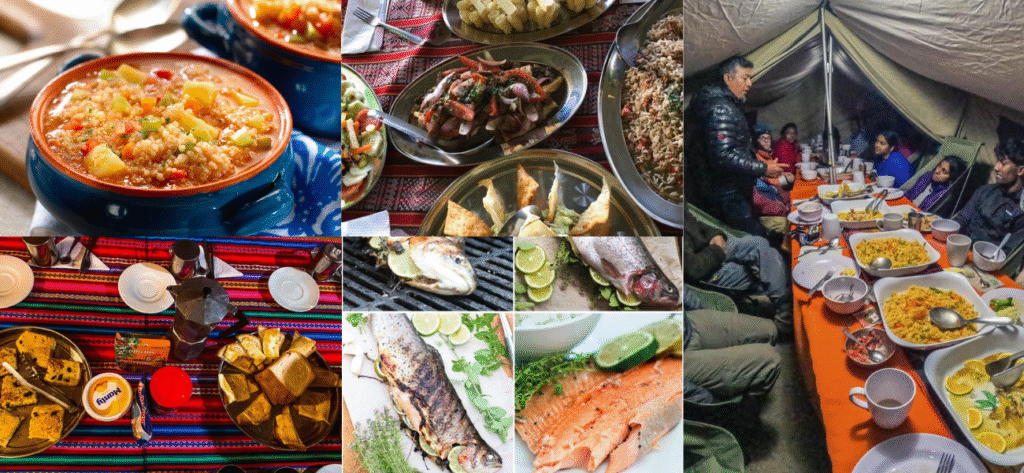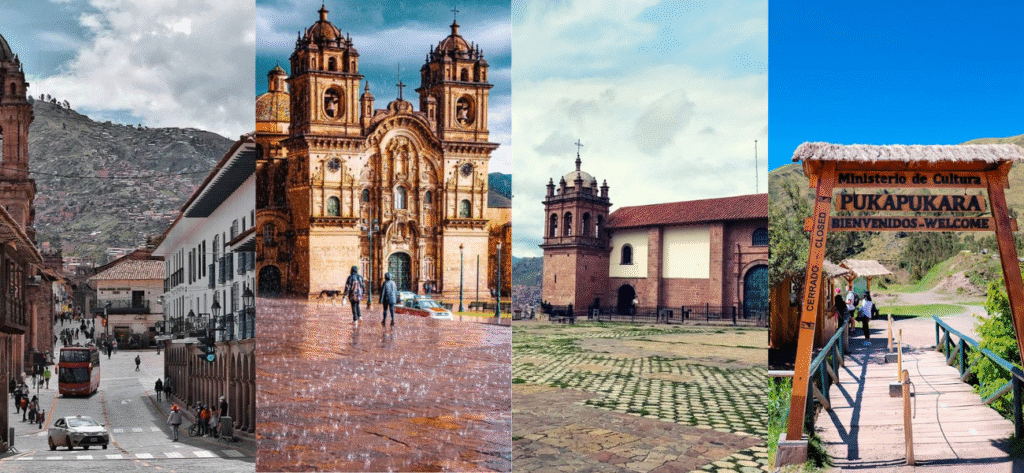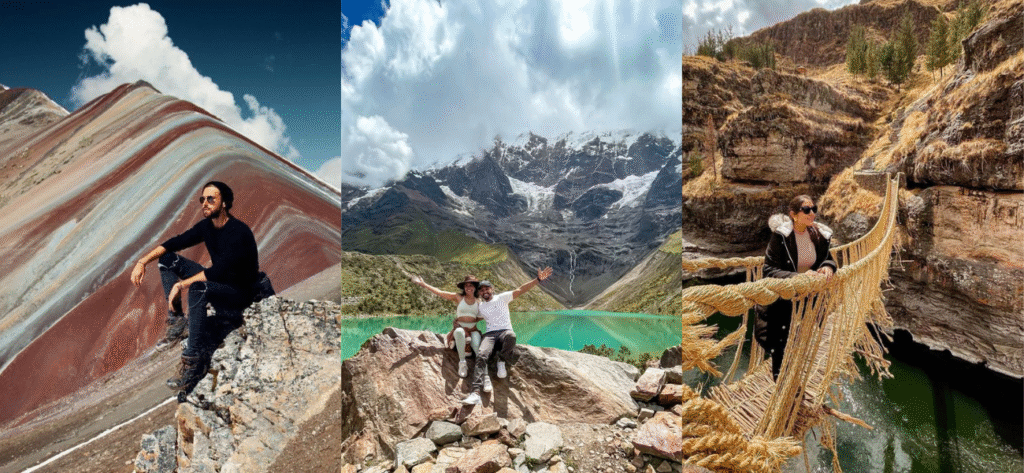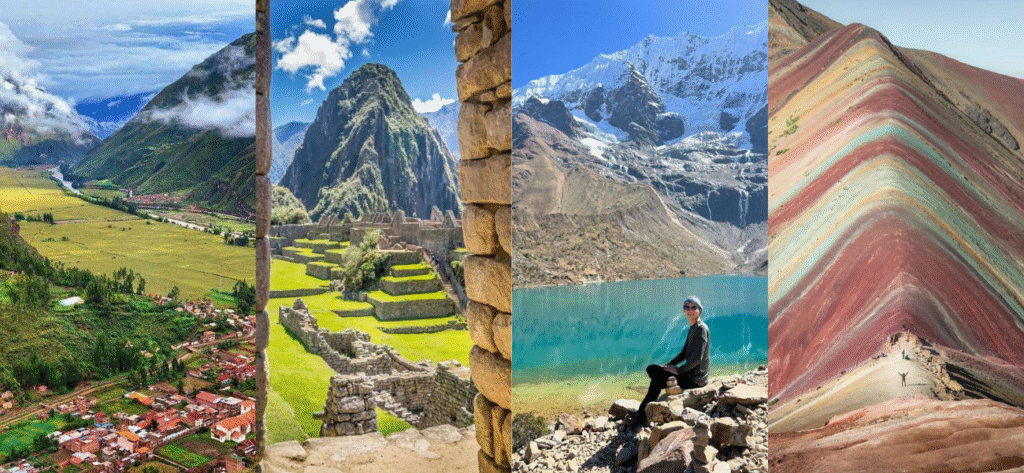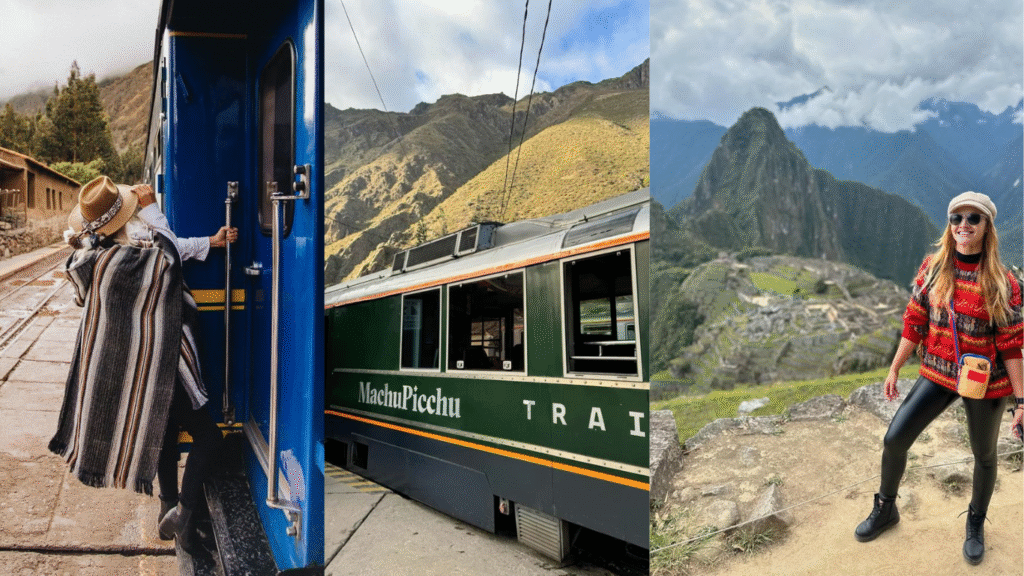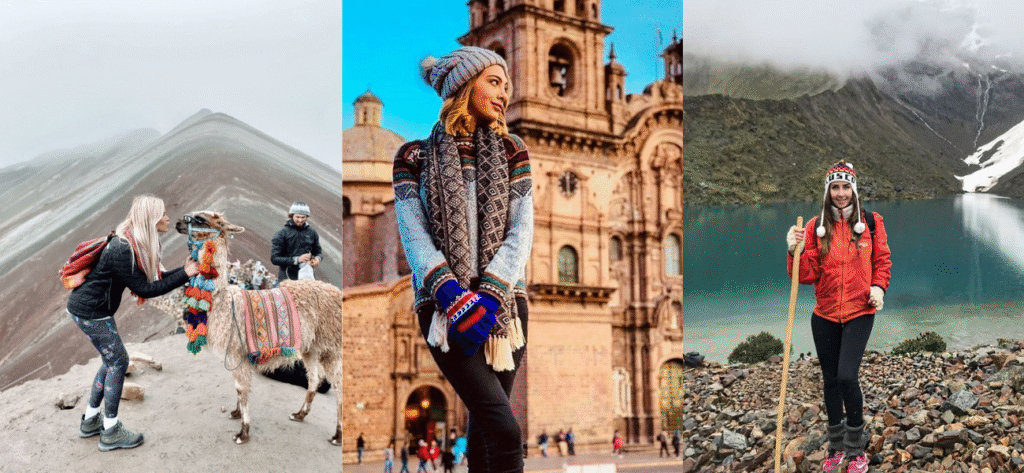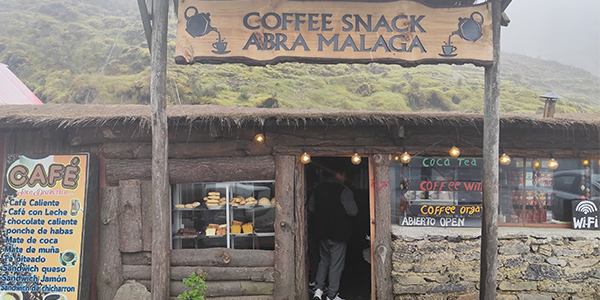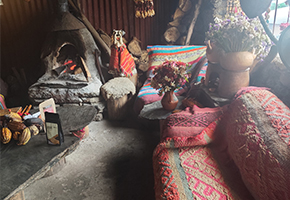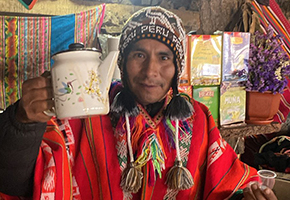Salkantay Trek Food: What to Expect on the Trail
If you’re planning to hike the famous Salkantay Trek to Machu Picchu, you might be wondering: What will I eat during the trek?
Good news — the food on the Salkantay Trek is fresh, hearty, and designed to give you the energy you need to conquer the mountains!
Here’s everything you need to know about the meals along the trail.
🥣 Fresh and Hot Meals Every Day
Most tour operators provide 3 full meals per day:
- Breakfast to start your day strong
- Lunch at scenic stops
- Dinner to refuel after a long hike
Meals are cooked daily by experienced trekking chefs, using fresh local ingredients from the Andes and nearby jungle towns.
🍽️ Typical Dishes on the Salkantay Trek
Expect a tasty mix of Andean and Peruvian favorites, like:
- Warm soups (quinoa, vegetable, corn)
- Grilled or stewed chicken, beef, or trout
- Rice, pasta, and potatoes for carbs and energy
- Stir-fried vegetables and fresh salads
- Pancakes, omelets, bread, and fruits for breakfast
- Hot drinks like coca tea, coffee, and herbal infusions
The portions are generous — you’ll never go hungry!
☕ Snacks and Tea Time
Most tours include a special afternoon tea («happy hour»), with:
- Popcorn
- Crackers or cookies
- Hot chocolate, coca tea, or coffee
You can also bring your own snacks like energy bars, nuts, or chocolate for extra fuel during long hiking days.
🥗 Special Diets? No Problem!
Whether you’re vegetarian, vegan, gluten-free, or have food allergies, most Salkantay Trek operators can accommodate you.
- ✅ Just make sure to tell your agency in advance!
🚰 Drinking Water on the Trail
Clean, safe water is provided every day. It’s usually:
- Boiled and cooled by the staff
- Given in the mornings and at meals for you to refill your bottles
- Avoid drinking directly from streams or rivers.
🏔️ Final Tip: Bring a Treat!
Many trekkers like to pack extra snacks like:
- Chocolate bars
- Trail mix
- Electrolyte powders
These are great when you need a little energy boost while climbing those high mountain passes!
Final Thoughts: Food That Fuels Your Adventure
The food on the Salkantay Trek is more than just meals — it’s part of the experience!
With hearty portions, fresh ingredients, and options for every diet, you’ll stay energized and satisfied every step of the way to Machu Picchu.
What you should do before booking Salkantay Trek to Machu Picchu
1. What is the Salkantay Trek, and how does it compare to the Inca Trail?
The Salkantay Trek is an alternative route to Machu Picchu, offering breathtaking landscapes, including snow-capped mountains, cloud forests, and high-altitude passes. Unlike the Inca Trail, the Salkantay Trek does not require a permit and is less crowded, providing a more adventurous experience.
2. How many days does the Salkantay Trek take to reach Machu Picchu?
The standard Salkantay Trek takes 5 days and 4 nights, covering approximately 72 km (45 miles). However, there are shorter and longer variations of the trek available.
3. What is the difficulty level of the Salkantay Trek?
The Salkantay Trek is considered moderate to challenging, as it involves hiking at high altitudes and steep ascents. The highest point is the Salkantay Pass at 4,650 m (15,255 ft). Proper acclimatization is recommended before starting the trek.
4. Do I need a permit to hike the Salkantay Trek?
No, unlike the Inca Trail, the Salkantay Trek does not require a special permit. However, you do need an entrance ticket for Machu Picchu, which should be booked in advance.
5. What is the best time of year to hike the Salkantay Trek?
The best time to hike the Salkantay Trek is during the dry season (April to October). The weather is more stable, with clear skies and less rain. The rainy season (November to March) can make the trail muddy and challenging.
6. What should I pack for the Salkantay Trek?
Essential items include:
- Hiking boots (waterproof and comfortable)
- Warm layers (temperatures drop at night)
- Rain jacket or poncho
- Sleeping bag (suitable for cold weather)
- Sun protection (hat, sunglasses, sunscreen)
- Water bottle and purification tablets
- Basic first aid kit
7. Is altitude sickness a concern on the Salkantay Trek?
Yes, altitude sickness can be an issue, especially at the Salkantay Pass (4,650 m). It is recommended to spend a few days in Cusco (3,400 m) before the trek to acclimatize. Staying hydrated, avoiding alcohol, and chewing coca leaves can help with symptoms.
8. How do I get to Machu Picchu from the end of the Salkantay Trek?
After reaching Hidroelectrica, you have two options:
- Hike 3 hours to Aguas Calientes.
- Take a 30-minute train from Hidroelectrica to Aguas Calientes.
From Aguas Calientes, you can hike or take a bus up to Machu Picchu.
9. Are there accommodation options along the Salkantay Trek?
Yes, most trekking companies provide campsites or eco-lodges along the route. Some upgraded tours offer more comfortable accommodations, such as glass cabins or domes. The final night is usually spent in a hotel in Aguas Calientes.
10. Can I visit Machu Picchu without hiking the Salkantay Trek?
Yes, you can take a train from Cusco to Aguas Calientes, followed by a short bus ride or hike up to Machu Picchu. This is the most popular option for visitors who prefer not to hike.
You must be interested
- Salkantay Trek to Machu Picchu
- Salkantay Trail 5 days 4 nights
- Salkantay Trek difficulty level
- Salkantay vs Inca Trail comparison
- Best time to hike Salkantay Peru
- Salkantay Trek tour price 2026
- Guided Salkantay Trek packages
- Salkantay Trek altitude and acclimatization
- Salkantay Trekking tours from Cusco
- Salkantay Trek full itinerary
Salkantay Travel Information
- Salkantay Trek Food: What You’ll Eat on the Trail
- Birds of the Salkantay Trek: Species You Can Spot on the Route
- Is the Salkantay Trek Dangerous?
- Salkantay Trek Altitude: Heights Along the Route
- Flora and Fauna in Salkantay Trek
- Altitude Sickness on the Salkantay Trek
- Salkantay Trek Difficulty: How Hard Is the Route?
- Salkantay Trek FAQs: Answers to Common Questions
- Best Time to do Salkantay trek
- Training for Salkantay Trek: How to Get Ready
- How long is the Salkantay Trek?
- Salkantay Trek Price: How Much Does It Cost?
- What Is the Salkantay Trek?
- What to Bring on the Salkantay Trek?
- Best Time to Do Salkantay Trek
- Your Insider’s Guide to Salkantay Trek
- Where is Salkantay?
- Salkantay highlights
- Tour Montaña de Colores con Transporte


